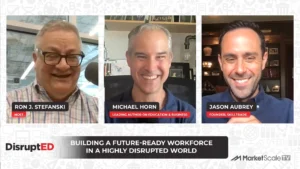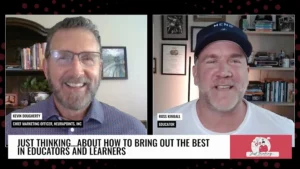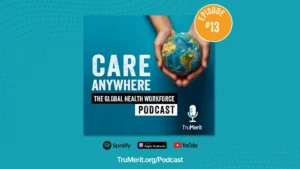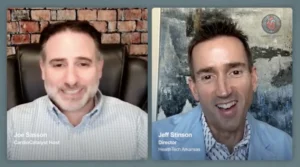Why Nanoparticles Are a Cancer Fight Gamechanger
Dr. Loralyn Mears is the Director of Scientific Communications for Global Cancer Technology.
“How are nanoparticles changing the fight against cancer? Most of us know someone who has, unfortunately, been diagnosed with cancer, and we see the typical treatments, right?
Typically, [it involves] chemotherapy, radiation, and surgery to remove the tumors and then blast them with high intense levels of radiation that give you a sunburn for years.
I’m a cancer survivor. The other way is, of course, chemotherapy, highly toxic drugs, which have to be at that level of effectiveness so that they can kill the cancers, which are notoriously difficult, because they like to replicate uncontrollably. That’s what cancer cells do, but they also hurt the rest of the body.
What if you could change things around where you had a nanoparticle that could carry the payload specifically to the destination? Right to the tumor. Remember those clap on, clap off lights from the 70s?
Well, anyway, people really liked them before, but, with that kind of remote controlled precision, you could activate the particles and say, OK, we can see we’ve tracked you. You’ve all made it to the destination, which is the tumor. And now, with a remote activation, boom, the nanoparticles are triggered. They’re activated by a very low blast of X-ray dose, and they release their payload directly into the tumor cell.
Now, isn’t that something worth talking about? And this is what Global Cancer Technology is currently working on — to make it so that these nanoparticles are used both diagnostically and for treatments, particularly in those hard-to-reach cancers like brain cancer.”
Follow us on social media for the latest updates in B2B!
Twitter – @MarketScale
Facebook – facebook.com/marketscale
LinkedIn – linkedin.com/company/marketscale










